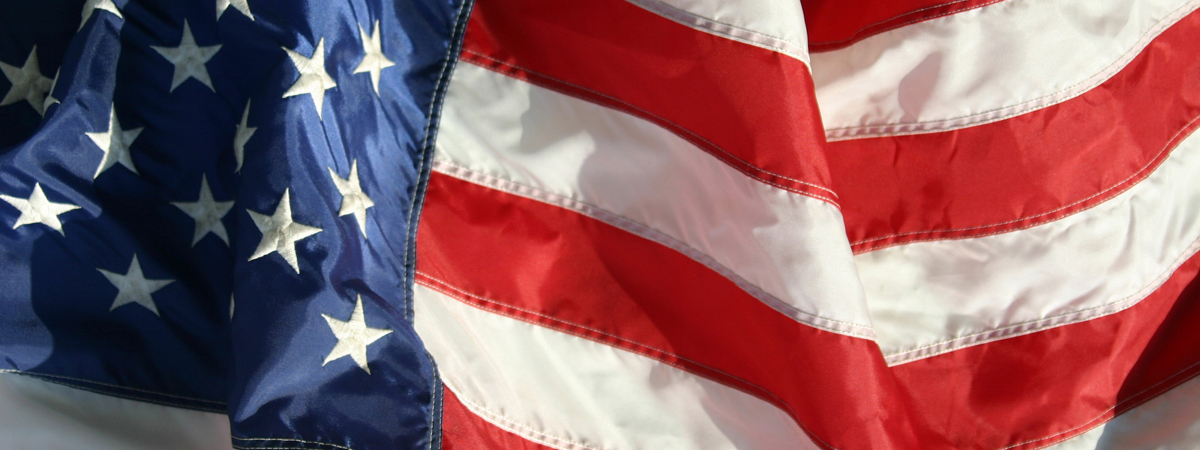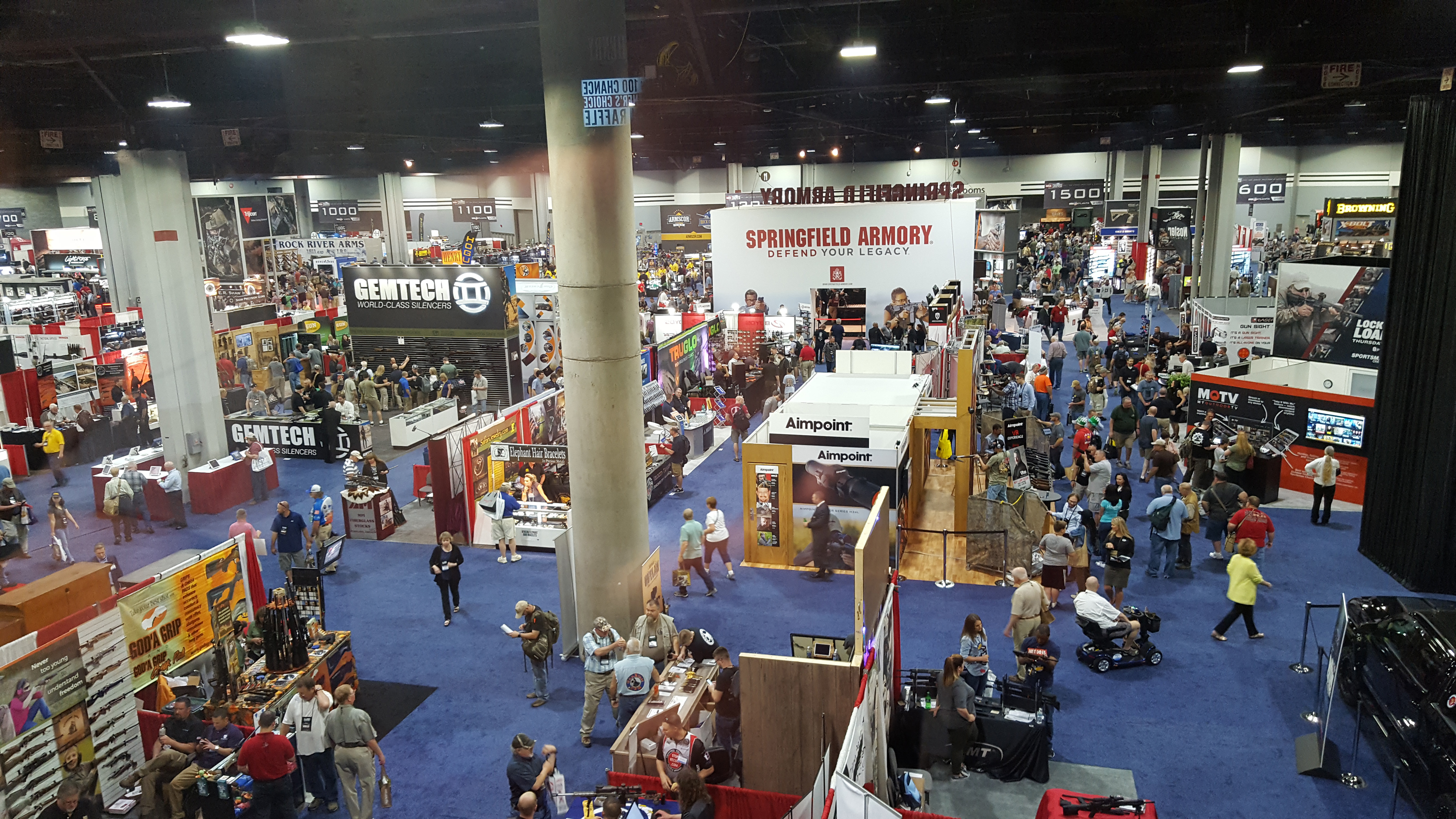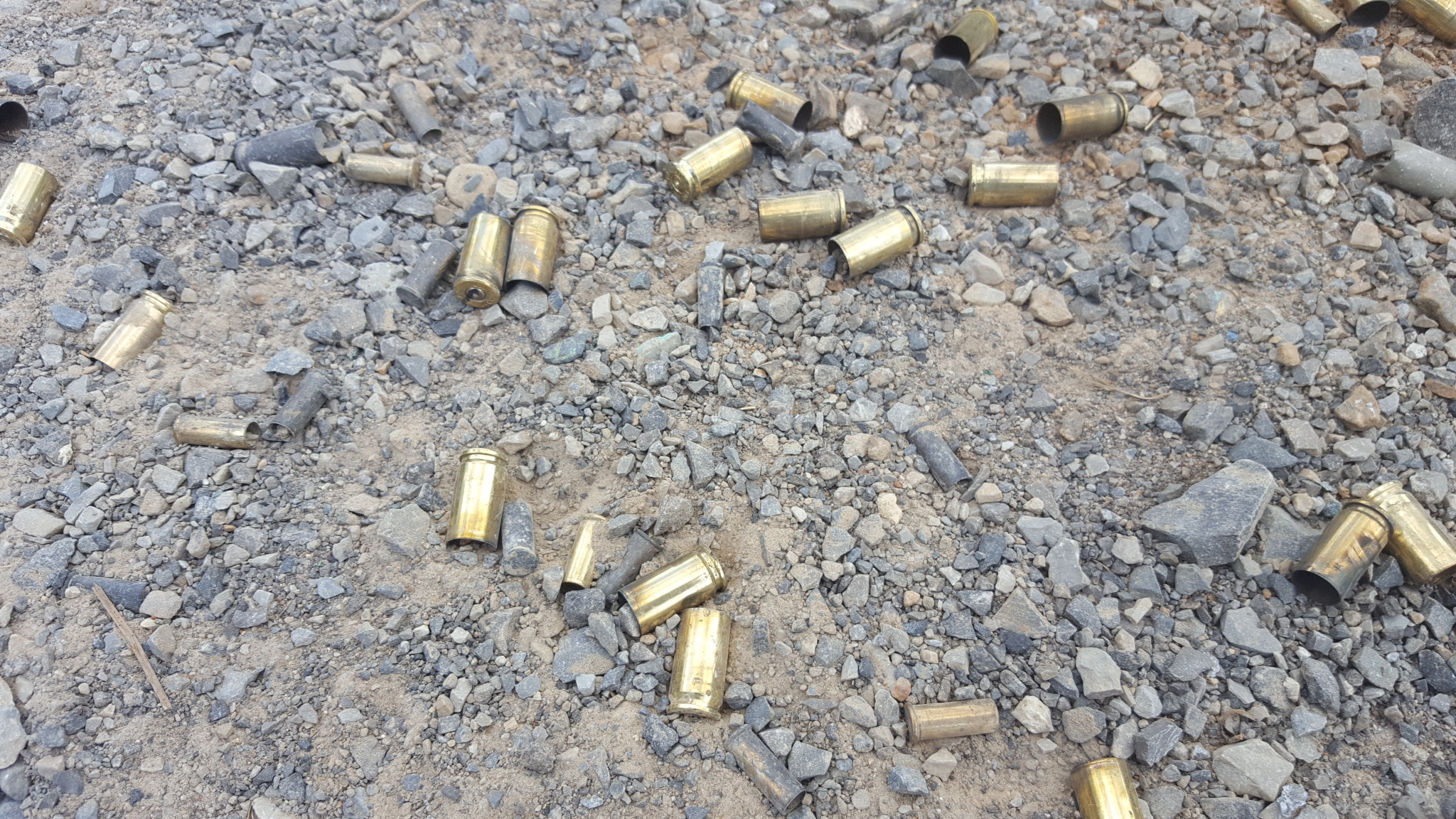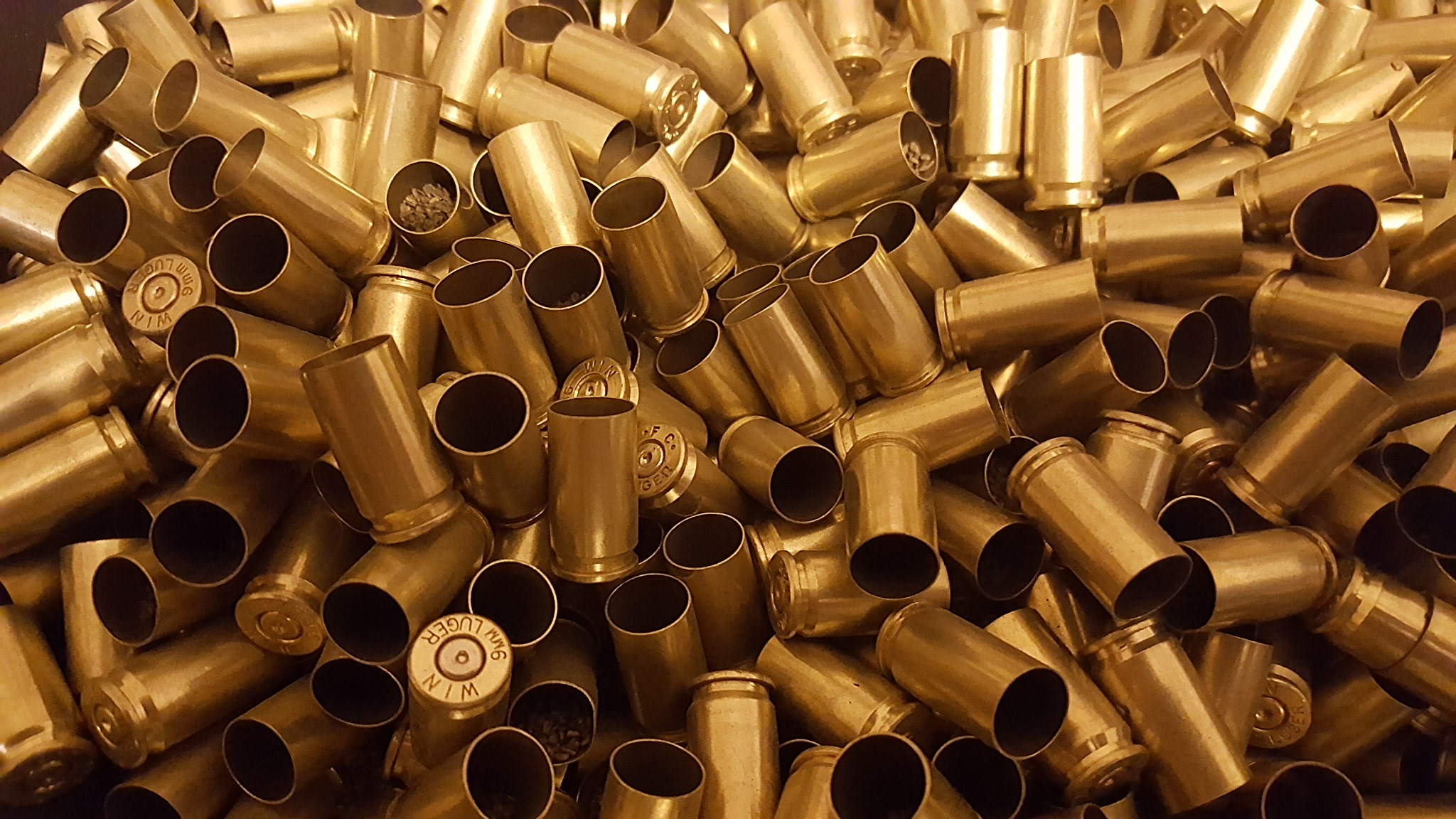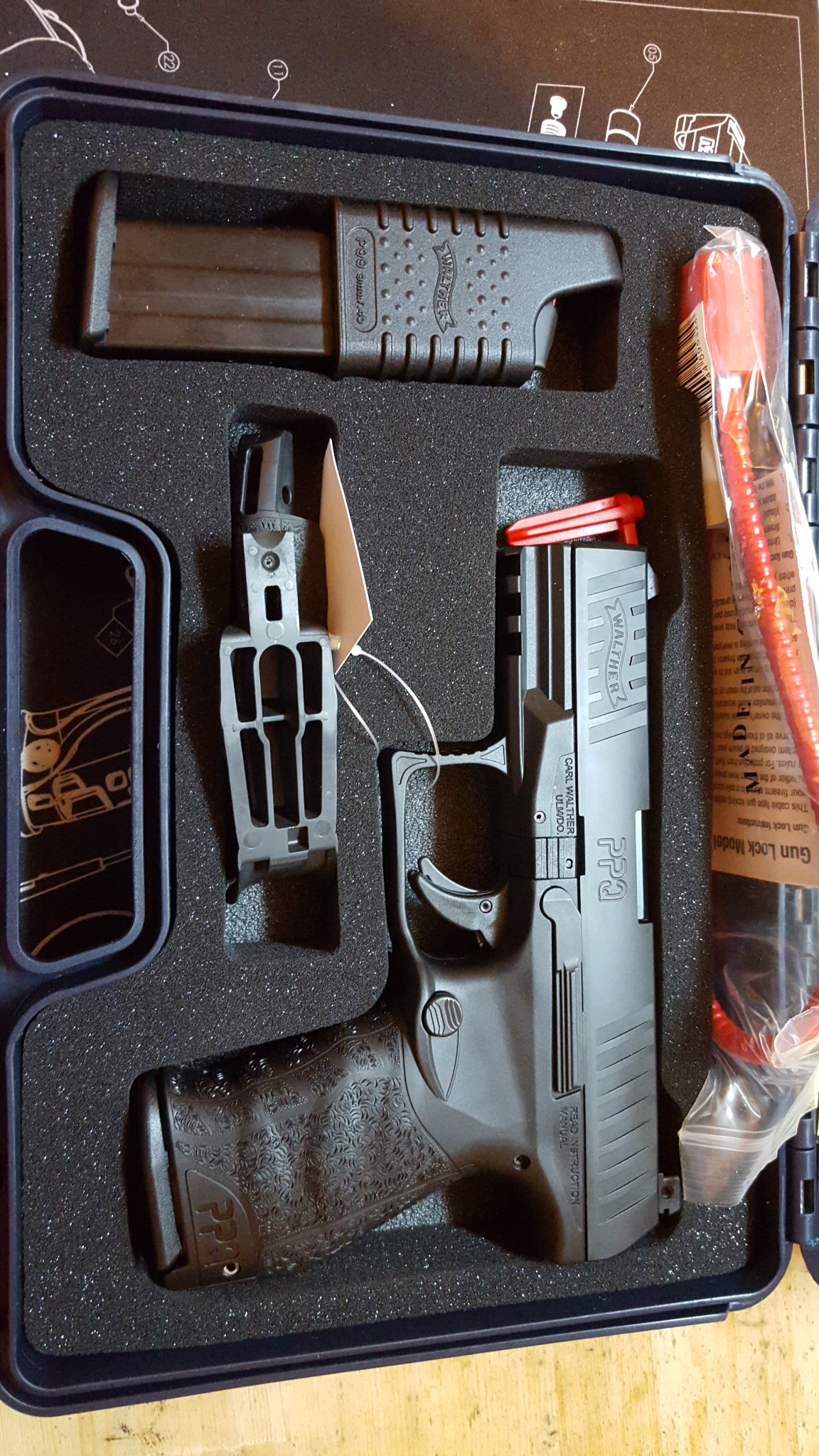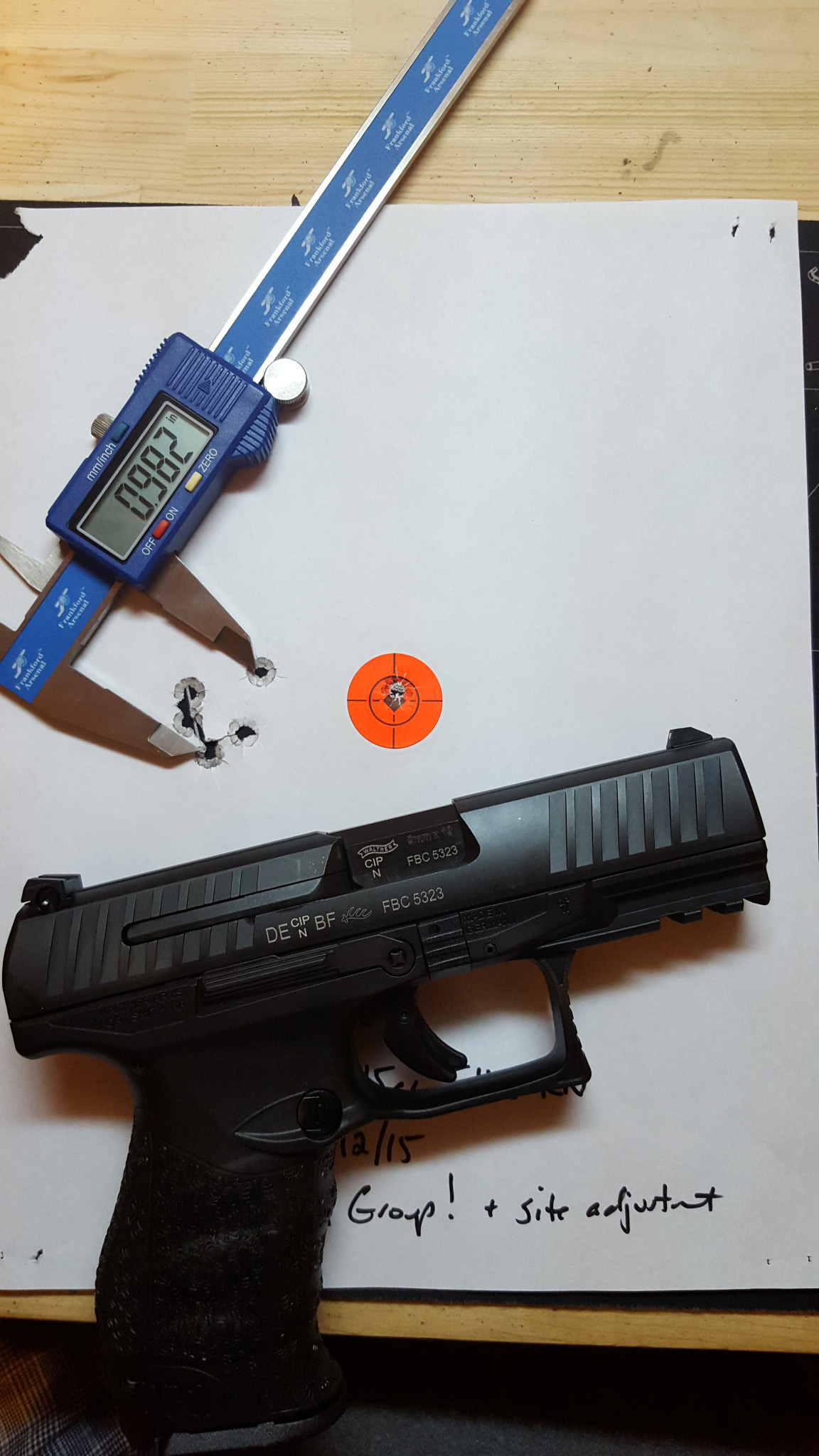On January 9, 2017, the Hearing Protection Act of 2017 was introduced in the House or Representatives (H.R. 367) and Senate (S. 59). The bills are identical, each seeking to reclassify sound suppressors for firearms as regular long arms. In my opinion, this is a bill which is long overdue. By removing the $200 tax and onerous regulations on suppressors, they will become more affordable and accessible to American shooters, making shooting sports safer. I see no downside, but that isn’t stopping the usual gnashing of teeth and rending of garments by those who oppose anything making gun ownership easier or actually safer. As is often the case, many of the objections I’ve heard are based on misunderstanding and outright falsehoods perpetuated by the media. What I’d like to do with this article is provide you with some facts about suppressors, including a little history, what they actually do versus what you may think they do, and why this bill is a good idea.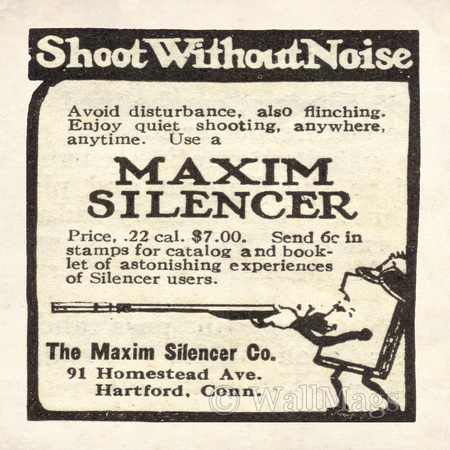
The modern suppressor was invented in 1902 by Hiram Percy Maxim, the son of the inventor of the first portable, truly automatic machine gun. Maxim’s device was patented in 1909 and was widely marketed to hunters and shooters across the country. They were available to everyone and were popular devices. Maxim’s Silencer (a misnomer that we’ll address shortly) was a tubular device that contained a series of baffles which trapped the escaping gases from the muzzle of a firearm, greatly reducing the report, muzzle flash, and felt recoil. The same basic principals are used in modern suppressors.
The passage of the National Firearms Act of 1934 changed everything. The original NFA was the first widespread attempt by the American government at gun control. The act was largely a response to the waves of crime perpetrated by the likes of Al Capone and John Dillinger during the Prohibition era. At that time, anyone could own an automatic weapon, although there were very few available and they were expensive. They were, however, used by gangsters such as Capone and Dillinger in the commission of their crimes. It was thought that if those weapons were banned, the result would be a reduction in crime (if this sounds familiar, you’re right). Interestingly, the authors of the NFA were actually more concerned with handguns than machine guns and wanted to ban them as well. The National Rifle Association (yes, the NRA) successfully lobbied to remove handguns from the bill. The authors of the bill knew very well the American people would never allow their 2nd Amendment rights to be stripped in such a way, so it was decided to regulate these weapons through taxation. The NFA placed a $200 tax (equivalent to about $3500 today) on “firearms”, which it defined as “a shotgun or rifle having a barrel of less than 18 inches in length, or any other weapon, except a pistol or revolver, from which a shot is discharged by an explosive if such weapon is capable of being concealed on the person, or a machine gun, and includes a muffler or silencer for any firearm whether or not such firearm is included within the foregoing definition”. In addition, anyone who manufactured, imported, or sold these items was required to be registered with the Treasury Department and pay a hefty tax, and anyone owning these types of weapons were required to register them. Private sales between individuals were not allowed.
To read the original transcripts of the hearings that lead up to the passing of the NFA, please follow this link and download the document available on Google Books. It is a fascinating read and will be covered in more detail in a future post. Interestingly, there was almost no discussion of so-called silencers throughout the proceedings, so it is unclear why they were included at all. Gangsters the likes of Capone and Dillinger did not generally use suppressors. They staged their crimes in broad daylight, relying on sheer audacity and superior firepower, not stealth, to commit their crimes.
Today, suppressors remain legal, but are not simple to acquire. The $200 tax has not changed, although subsequent legislation and the creation of the Bureau of Alcohol, Tobacco, Firearms, and Explosive (BATFE) has added layers of aggravation to the process. Assuming you live in one of the 42 states where it is legal to possess a suppressor, the first step is to pick out and purchase the one you like. Once you have made your purchase, the dealer maintains possession of the suppressor as you await approval from the BATFE. You must submit two copies of completed BATFE Form 4, two finger print cards, two copies of your passport photo, and a completed BATFE Form 5330.20. To complete Form 4, you must obtain certification from your Chief Law Enforcement Officer. Once all of this has been submitted you wait for at least three months, and usually longer. Once your purchase has been approved, the seller will receive one copy of your Form 4 with the tax stamp and will be allowed to release your suppressor to you. Simple, huh? That’s all you have to do to purchase a metal tube filled with baffles, which is legal to own and makes shooting safer. Our government at work!
The primary reason suppressors were ever restricted and remain so is simply that most people do not understand what they actually do. Maxim’s name for his invention, silencer, was more for marketing purposes than a functional description of the device. The rise of spy movies in the mid-20th century showing assassins moving through the darkness and dispatching their target with a silencer-equipped pistol with barely an audible sound have reinforced the misconception. Silencers do not actually silence the report of a gunshot, they merely suppress it. Hence, the use of the term ‘suppressor’ by people in the industry.
The sound of a gunshot is produced by two different phenomenon that occur simultaneously when a shot is fired. As the projectile leaves the muzzle of the gun, the gases created by the burning propellant escape, causing a pressure wave that is perceived by the human ear as a loud blast; a BOOM, if you will. The second is the projectile breaking the sound barrier, which produces a sharp CRACK. With the exception of specially produced sub-sonic ammunition, almost all commercially available calibers exceed the speed of sound at the muzzle, which is approximately 1125 feet per second (fps). Suppressors only attenuate the sound produced by the escaping gases. Each of the baffles inside the suppressor captures a portion of the gasses and directs the remainder forward into the next baffle, rather than outward in all directions. They do nothing whatsoever about the sonic boom created by the projectile after it leaves the barrel, and this is a significant portion of the sound profile of a firearm. Using a suppressor also results in less felt recoil, which is conducive to accurate shooting. If you’d like to see more information on this and how your ear perceives the sound, check out this series of slides prepared by Phillip H. Dater, MD.
The decibel (dB) level of a gunshot is dependent on many factors, including caliber, muzzle velocity, barrel length, and position relative to the muzzle. The decibel level of a variety of calibers of ammunition is presented in the chart below as the blue bars. This information is based on the work of James E. Lankford, who compiled the data from a series of five different studies. They are presented as the peak decibel level for each caliber. I have simplified Lankford’s data somewhat, as he lists numerous calibers and the weapon from which each was fired for testing. According to OSHA, “exposure to impulsive or impact noise should not exceed 140 dB peak sound pressure levels”. Sounds that exceed 140 dB can cause permanent hearing damage immediately. As you can see from the chart, every caliber produces sound levels in excess of 140 dB. If you think it’s ok to go out and shoot your .22 without hearing protection, you’re wrong.
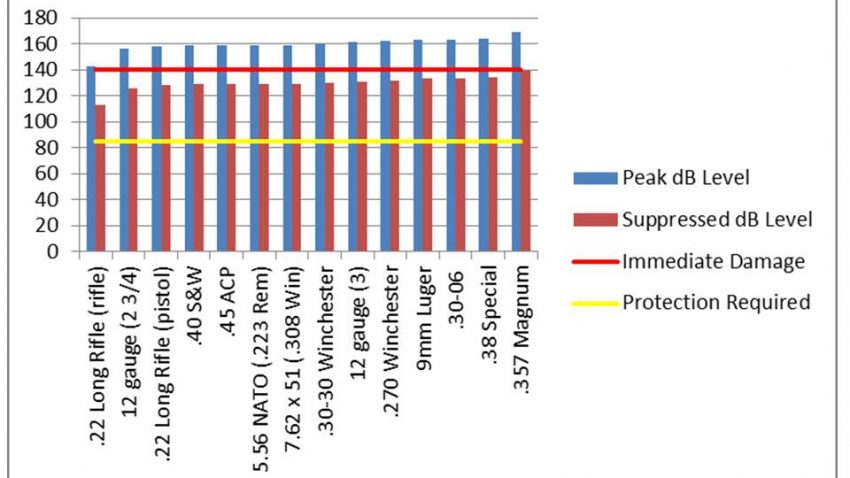
Unsuppressed and suppressed decibel levels of common calibers.
OSHA further requires hearing protection to be provided to workers who are exposed to long term noises over 85 dB, which provides a good threshold for safe levels of noise exposure. This level is represented by the yellow line on the chart. Based on my own quick search of several manufacturers, suppressors reduce the dB level between 20 and 40 dB, depending on make, caliber, and a number of other factors. For this article, I have assumed an average of about 30 dB in noise reduction for every caliber. That number is represented by the red bars. The chart clearly shows that for every caliber, with the exception of the .357 magnum, suppressors reduce the dB level to below 140 where permanent damage can occur immediately, but for no caliber does it reduce the level to below the 85 dB level. In other words, suppressors reduce the sound of a gunshot to a safer level, but not to the point where hearing protection is not necessary. When you see our movie assassin fire a shot which goes “fffft”, that’s Hollywood magic, not real life.
Even though suppressors do not make gunshots safe for unprotected ears, there are numerous advantages to their widespread use. Those of us who hunt understand that it is almost impossible to use hearing protection while hunting. Great improvements have been made in electronic ear muffs that allow for normal hearing while canceling out any sound as loud as a gunshot. They make it harder to distinguish between birds scratching in the leaves and deer walking right behind you, however. The same is true for bird hunters. Shotgun blasts tend not to be as painful as rifle shots, but a day in a dove field where the hunter might fire 50 rounds or more can do a lot of damage without protection. Electronic muffs do not lend themselves to shotgun use and plugs prevent the hunter from hearing calls from other hunters, either identifying birds coming in or cautioning against shooting at low birds or non-game species.
For new shooters, the noise and recoil associated with shooting can be intimidating. This can lead to poor habits such as flinching, poor trigger control, and failure to follow through. A suppressor reduces both the noise and the felt recoil, making learning to shoot a more pleasant experience for the student and the instructor. As for ranges, many are under threat of closing as housing developments spring up on adjacent properties and fill with people who do not like the noise. The use of suppressors can make ranges better neighbors and opens the opportunity for new ranges where none could have been built before. If you frequent an indoor range, you know that you often have to use both ear plugs and muffs in order to shoot comfortably. Even then it can still be very loud. I think suppressors should be a must for indoor shooting. For those who shoot a lot, such as law enforcement and competitive shooters, the use of suppressors during practice will help prevent the cumulative damage which comes from firing thousands of rounds of ammunition, even with protection.
As you can see, there are many good reasons why the Hearing Protection Act should be passed and no reason it should not be. Criminals do not use suppressors. Period. They are big, bulky, and very obtrusive, all things that criminals try to avoid in a weapon. Poachers, by and large, are not concerned with noise. They rely on isolation and often darkness to conceal their activities. If suppressors become more easy to obtain, there will not be roving bands of assassins murdering people at will with their totally silent guns, any more than concealed carry laws have led to the “blood in the streets” about which the anti-gun folks warned us. Friends, I hope you’ll support the passage of the Hearing Protection Act by contacting your representatives and letting them know that you want to see a piece of truly common sense legislation concerning guns pass. You can follow this link to get the information for your representatives, or you can submit forms here expressing your support for the bill.
As always, thank you for reading! I hope you found this article informative and that you’ll share it with your friends. Please leave me a comment here on the page. Remember, ignorance is our common enemy!
